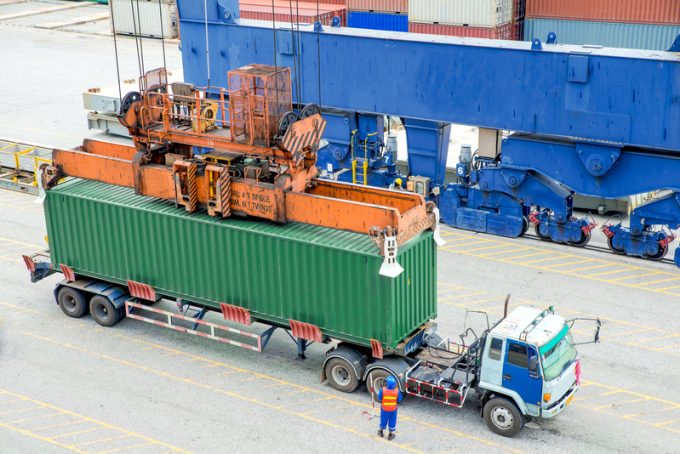Maersk splashes out on more chartered tonnage for Gemini
Maersk Line continues to pay top dollar to secure tonnage for the Gemini Cooperation’s intra-Asia ...

The shipowning and finance side of the container industry on the one hand, and the liner and logistics side on the other, operate generally in isolation.
There is different vocabulary, largely separate conference and events circuits and a contrasting set of concerns and metrics.
In normal times ...


Comment on this article